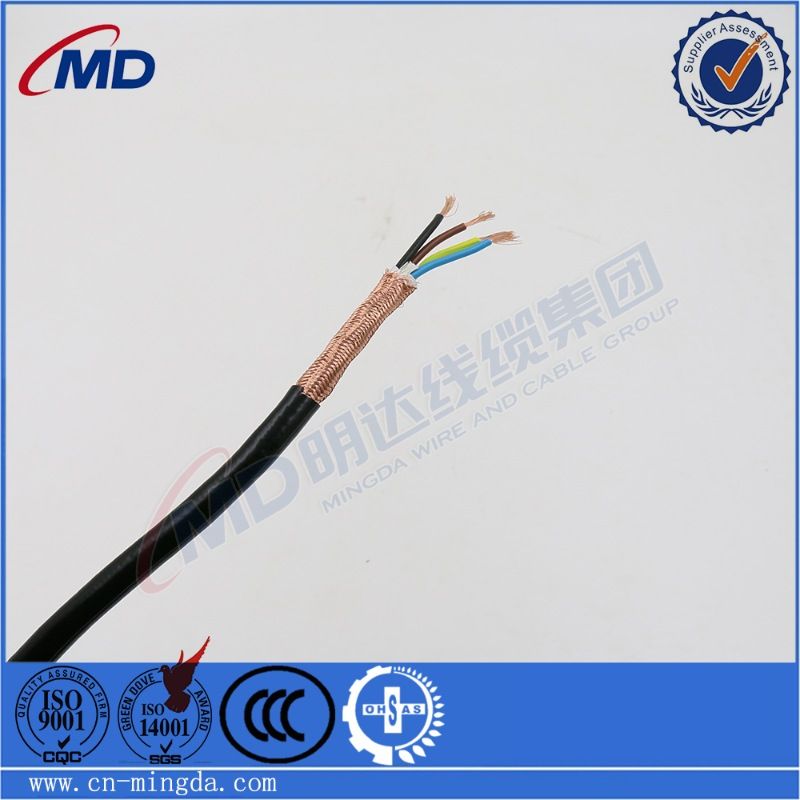Oct . 02, 2024 21:31 Back to list
Understanding Types and Uses of Electric Cable Wires for Various Applications
Understanding Electric Cable Wire A Comprehensive Guide
Electric cable wire is an essential component in the field of electrical engineering and power distribution. Its primary function is to conduct electricity from one point to another, allowing for the operation of various electrical devices and systems. Understanding the types, components, applications, and safety considerations of electric cable wire is crucial for anyone involved in electrical work or projects.
Types of Electric Cable Wire
Electric cable wires come in various types, each serving specific purposes. The most common types include
1. Single-Core Wire This is the simplest form of electric cable, consisting of a single conductor. It is often used in applications where flexibility is not a primary concern, such as fixed installations.
2. Multi-Core Wire This cable contains multiple conductors insulated from one another. Multi-core wires are more flexible, making them suitable for applications requiring movement or bending, such as in appliances and machinery.
3. Coaxial Cable Commonly used for transmitting television signals and internet data, coaxial cables consist of an inner conductor, insulating layer, metallic shield, and outer insulating layer. This design helps reduce electromagnetic interference.
4. Fiber Optic Cable Though not a traditional electric cable, fiber optic cables use light to transmit data over long distances. They are increasingly popular in telecommunications and internet applications due to their high-speed capabilities.
5. Power Cables Used for transmitting high voltage and current over long distances, power cables have multiple layers of insulation and protection. They are critical in power distribution systems from generation stations to end-users.
Components of Electric Cable Wire
Electric cable wires are typically composed of conductors and insulators. The conductors are made of materials like copper or aluminum due to their excellent conductivity. Copper is favored for its higher conductivity and resistance to corrosion, while aluminum is lighter and cheaper but has lower conductivity.
The insulation is usually made from materials such as PVC, rubber, or cross-linked polyethylene (XLPE). Insulation protects the conductor from environmental factors and prevents accidental contact with conductive surfaces, which could lead to electrical shocks or short circuits.
electric cable wire

Applications of Electric Cable Wire
Electric cable wires find applications across various industries. In residential settings, they are used for indoor wiring for lighting and powering appliances. In commercial buildings, they facilitate the wiring necessary for HVAC systems, elevators, and emergency lighting.
In industrial settings, electric cables are crucial for machinery operation and automation systems. They are also extensively used in transportation systems, such as railways and airplanes, to ensure safe and efficient operation. Additionally, the renewable energy sector relies on electric cable wires to connect solar panels, wind turbines, and energy storage systems to the grid.
Safety Considerations
Safety is a paramount concern when working with electric cable wires. Proper installation and maintenance practices are essential to prevent electrical fires, shocks, or equipment damage. Here are some key safety tips
1. Choose the Right Cable Always select cables that are appropriate for the intended application. Consider factors such as voltage, current ratings, and environmental conditions.
2. Regular Inspections Periodically check cables for signs of wear, damage, or fraying. Replace any compromised cables immediately to prevent hazards.
3. Correct Installation Follow local electrical codes and standards when installing cables. Proper routing, securing, and connection methods are critical for safety.
4. Use Protective Gear When working with electric cables, wear appropriate personal protective equipment (PPE) such as gloves, safety glasses, and rubber-soled shoes.
5. Consult Professionals When in doubt, do not hesitate to seek advice from qualified electricians or electrical engineers, especially for complex installations or repairs.
Conclusion
In conclusion, electric cable wire is a vital element in modern electrical systems, enabling the safe and efficient transmission of electricity. By understanding the different types, components, applications, and safety considerations associated with electric cables, professionals and enthusiasts alike can ensure they are used effectively and safely. Whether in residential, commercial, or industrial settings, proper knowledge and practices concerning electric cable wires are essential for harnessing the power of electricity.
Share
-
Reliable Wafer Type Butterfly Valves for Every IndustryNewsJul.25,2025
-
Reliable Flow Control Begins with the Right Ball Check ValveNewsJul.25,2025
-
Precision Flow Control Starts with Quality ValvesNewsJul.25,2025
-
Industrial Flow Control ReliabilityNewsJul.25,2025
-
Engineered for Efficiency Gate Valves That Power Industrial PerformanceNewsJul.25,2025
-
Empowering Infrastructure Through Quality ManufacturingNewsJul.25,2025